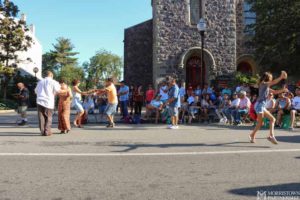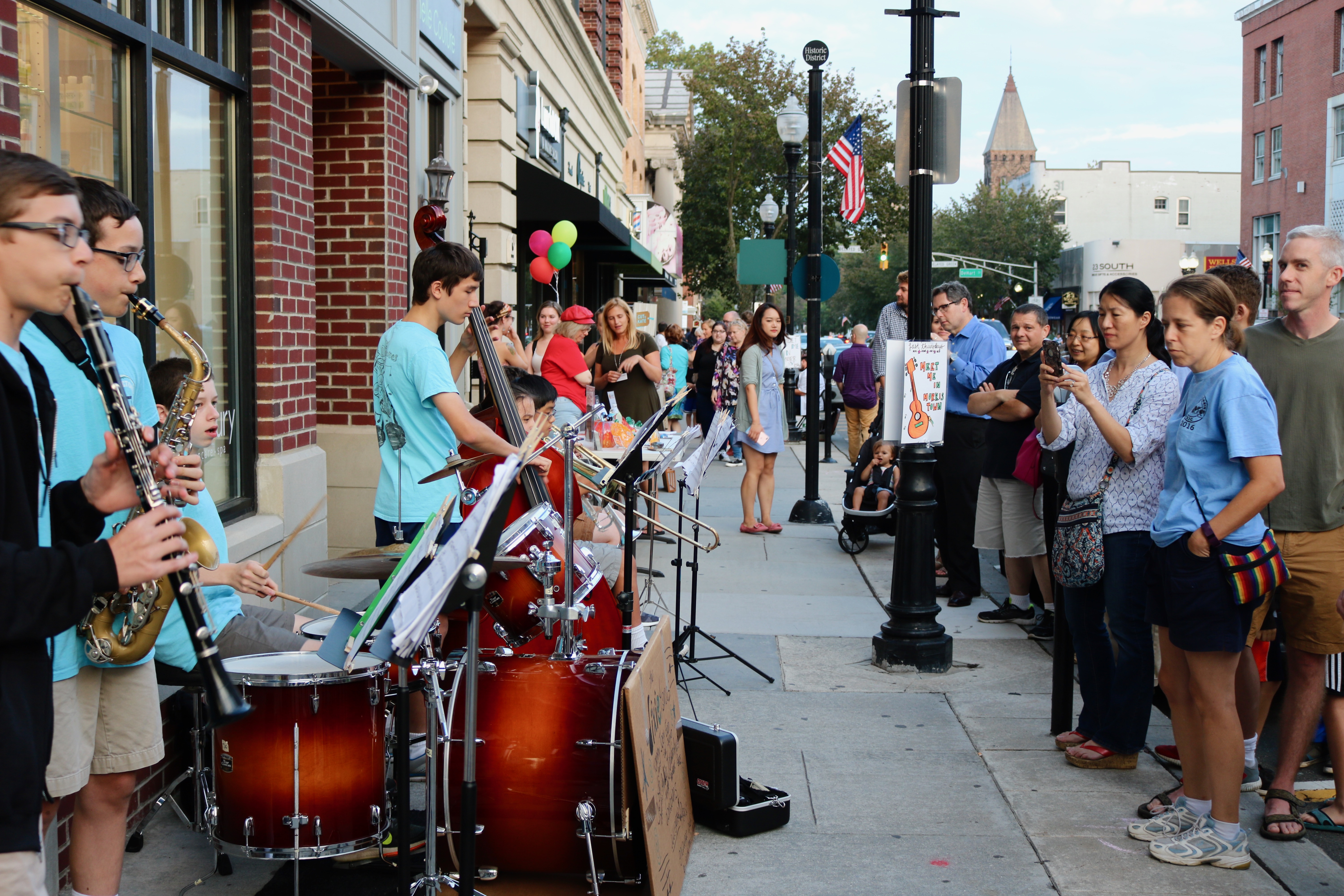 Morristown was settled around 1715 by English Presbyterians from Southold, New York on Long Island and New Haven, Connecticut as the village of New Hanover.
Morristown was settled around 1715 by English Presbyterians from Southold, New York on Long Island and New Haven, Connecticut as the village of New Hanover.
On March 15, 1739 the town became the seat of the newly created Morris County and New Hanover changed its name to Morris Town. The village and county were named for Lewis Morris, the first and then sitting royal governor of a united colony of New Jersey. George Washington put Morristown on the map in January 1777, when he and 3,000 troops of the Continental Army marched into the then-village of 250 people and made it his winter headquarters.
He stayed in Jacob Arnold’s tavern while his troops stayed in villagers’ homes. He returned to Morristown for the winter of 1779-80 with 13,000 soldiers, who survived a brutal winter in huts in Jockey Hollow while Washington stayed in the Ford Mansion in town. Both sites are part of the Morris National Historical Park. In 1865, Morristown was incorporated as a separate entity.
 After the Civil War, many wealthy New Yorkers built summer homes and permanent mansions in Morristown. Historian Carl Scherzer noted that “within a mile of Morristown Green are more captains of commerce than anywhere else in the world.” Notable past residents include the ‘Father of the American Cartoon’, Thomas Nast, who is credited with creating the modern version of Santa Claus, as well as the political symbol of the elephant for the Republican Party. Also notable, Alexander Hamilton courted and wed Betsy Schuyler at a residence now known as the Schuyler-Hamilton house which is listed on both the New Jersey and National Registry of Historic Places. Samuel F. B. Morse and Alfred Vail built the first telegraph at the Speedwell Ironworks in Morristown on January 6, 1838.
After the Civil War, many wealthy New Yorkers built summer homes and permanent mansions in Morristown. Historian Carl Scherzer noted that “within a mile of Morristown Green are more captains of commerce than anywhere else in the world.” Notable past residents include the ‘Father of the American Cartoon’, Thomas Nast, who is credited with creating the modern version of Santa Claus, as well as the political symbol of the elephant for the Republican Party. Also notable, Alexander Hamilton courted and wed Betsy Schuyler at a residence now known as the Schuyler-Hamilton house which is listed on both the New Jersey and National Registry of Historic Places. Samuel F. B. Morse and Alfred Vail built the first telegraph at the Speedwell Ironworks in Morristown on January 6, 1838.
From 1880 to 1900 Morristown’s population more than doubled in size to over 11,000 due to an influx of immigrants coming from primarily Ireland but also Italy, as well as African Americans who migrated from Virginia, and later North and South Carolina. Immigrants met the construction and labor needs helping to build the railroads, Morris Canal and providing domestic labor for affluent class estates. Skilled Italian marble workers and carpenters were largely responsible for the building of ornate mansions throughout town. Many of the immigrants established careers as restaurateurs, small business owners and police officers. Today Morristown is very much a microcosm of the United States with its ongoing diversity.









